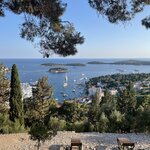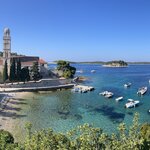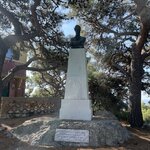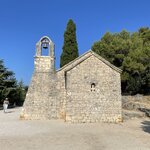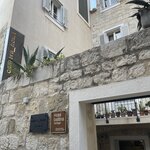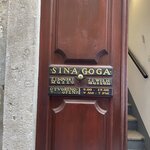Highlights
- Explore the famous Diocletian's Palace in Split, dating back to the 4th century
- Join a cycling tour and discover Hvar's beauty
- Drink wine in Marco Polo's hometown of Korčula
- Explore the marble streets and baroque buildings of Dubrovnik's Old Town
Brief Itinerary
| Day | Highlights | Overnight |
|---|---|---|
| Day 1 | Welcome to Split! | Split |
| Day 2 | Ferry from Split to Hvar, Cycle through Villages & Vineyards | Hvar Town |
| Day 3 | Hike to the Hidden Villages of Hvar | Hvar Town |
| Day 4 | Ferry from Hvar to Korčula | Korčula Town |
| Day 5 | Hike through the Forests and Vineyards of Korčula | Korčula Town |
| Day 6 | Korčula to Dubrovnik via Ston, The Longest Walls in Europe | Dubrovnik |
| Day 7 | Depart Dubrovnik |
Detailed Itinerary
Day 1: Welcome to Split!
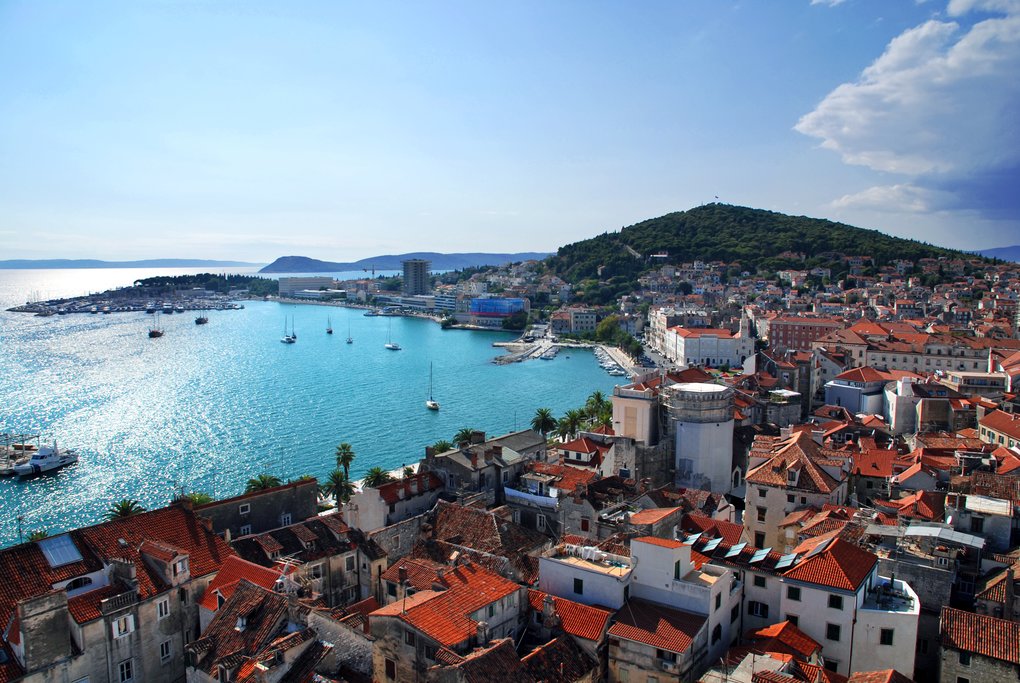
From the airport, it's a short (45-minute) drive to the center of Split. Depending on your arrival time, check into your hotel and take the rest of the day to explore the historic port city on your own.
Founded 1,700 years ago by the Roman emperor Diocletian, Split's Old Town consists of a number of impressive sites, including Peristyle, Cathedral of St. Dominus, and Diocletian's Palace, one of the best-preserved Roman buildings in the world. Start in Peristyle Square, taking in the 3,500-year-old sphinxes Diocletian brought back from Egypt before exploring the 4th-century complex. From there, pass through the Iron Gate and into Pjaca Square for pretty views of white marble tiles, a Romanesque clock tower with the remains of a medieval sundial, and the 15th-century Town Hall.
In the evening, take a stroll along Split's seafront Riva to admire the waterfront views before finding the off-beat Konoba Dioklecijan restaurant, just to the left of the Bronze Gate for a bite to eat, its outdoor terrace built into the walls of Diocletian's Palace.
Day 2: Ferry from Split to Hvar, Cycle through Villages & Vineyards

After breakfast, catch a ferry to the island of Hvar and check into your hotel. A Croatian island in the Adriatic Sea, Hvar is a popular destination with tourists due to its natural setting, mild climate, and its historic port town of the same name. Highlights of Hvar town include its 13th-century walls, a hilltop fortress, and the main square anchored by the Renaissance-era Cathedral.
In the afternoon, join a cycling tour around the island to see a different side of Hvar. You'll bike through the center of well-preserved ancient Greek ruins—a UNESCO World Heritage site—and explore small villages in the inner part of the island. You'll start the tour from Hvar town with a transfer to Stari Grad, where the cycling begins. It'll be an easy ride on mostly flat roads through lavender fields, olive groves, and vineyards, palm trees, and pine woods and past coastal villages like Jelsa and Vrboska.
After the day's adventures, treat yourself to a drink in the ancient piazza of Hvar overlooking the Venetian loggia, 7th-century fortification walls, and the oldest municipal theater in Europe.
Ferry time: 1.5-2 hours
Day 3: Hike to the Hidden Villages of Hvar

Lace up your hiking boots for a day hike along rocky paths amid vineyards and olive groves to discover abandoned villages and hidden bays.
You'll meet your guide in Hvar town's port and transfer to Velo Grablje, the starting point of the hike (about 8.5 miles or 14 km away). Velo Grablje was founded 500 years ago when Hvar’s patricians and nobles sought refuge in the hills during a revolutionary period. Today, only a few people inhabit the village throughout the year, but many gather for the lavender festival to harvest and to celebrate the village's saints.
From here you will hike down a canyon, following an old trail—the main thoroughfare in medieval times connecting the north and the south of the island—to the village of Malo Grablje. Enjoy a delicious lunch at perhaps the most authentic of the island's taverns before carrying on the gravel road to the beachside town of Milna.
Depending on your energy level, you will have the option to continue your trek to Hvar Town from Milna (1.5 hours) or transfer back to town (20 minutes).
Hiking distance: 3.4 miles (5.4 km)
Hiking time (including stops): 5-6 hours
Chat with a local specialist who can help organize your trip.
Day 4: Ferry from Hvar to Korčula

Collect your things and catch a ferry to Korčula. Once on Korčula, the afternoon and evening are yours to discover this little island's numerous restaurants, taverns, shops, and bars as you roam the maze of gray stone houses, alleys, churches, and squares.
Enjoy a traditional lunch of lamb and goat in Korčula's Old Town, one of the finest examples of Venetian architecture on the Dalmatian coast. Next, visit the 14th-century Land Gate on top of an elegant staircase, before heading to the St. Mark's Cathedral to admire its strange sculptures of beasts and people. Art enthusiasts will appreciate a visit to the Bishop's Treasury next door for a small but impressive art collection, including works from Carpaccio, Bassano, and Tiepolo. From there, you may wish to visit the unremarkable house thought to be the birthplace of Marco Polo.
If beaches are what you're after, rent a bike or ride the bus the 5 miles (8 km) to the sandy beaches of Lumbarda. Afterward, grab a bite to eat and pair it with the local dry white, Grk, indigenous to Lumbarda and nowhere else.
Ferry time (Hvar to Korčula): 1.5 hours
Day 5: Hike through the Forests and Vineyards of Korčula

Today, you'll explore Korčula by foot and hike through a nature park full of amazing karst rock formations, dense forest, and wildlife. The walk is peaceful and leisurely and will take you to the ancient Napoleon path along olive groves, small vineyards, and beautiful fields of sage, oregano, and other local herbs. End your hike in the village of Pupnat where a traditional local lunch has been prepared with ingredients from the fields you've just walked through.
After lunch, make your way back to medieval Korčula Town to explore the cobblestone streets, whitewashed buildings, and Gothic and Renaissance architectural masterpieces. Or spend the rest of the day enjoying the beach and water, paddleboarding, swimming, or relaxing on the sand.
Hiking distance: 7-14 miles (11-23 km)
Day 6: Korčula to Dubrovnik via Ston, The Longest Walls in Europe

Wave farewell to Korčula and make your way overland along the Pelješac Peninsula—home of Croatia's best-known red wines (Dingac and Postup). Should you choose, you can take a tour of one of the area's family-run wineries and sample Dingač's famous reds or opt to cycle along the Plavac Mali vineyards to a quiet bay for a swim, snorkel, and a lunch break.
After lunch, hop back into your private van and make your way to Ston—home of the longest fortified city walls on the continent (originally built to keep invaders away from the town's saltpans) and famous for its oysters and mussels. Take a walk on the walls before rewarding your efforts with a light meal of Ston's famous fresh oysters or mussels accompanied by a glass of local Dingač red wine.
When you're ready, make your way to the historic coastal fortress city of Dubrovnik. The early evening will be at your leisure, allowing time for you to wander and explore this magical city. Depending on when you arrive, you may have time to hop aboard a cable car and ride to the top of Srđ Mountain for a stunning sunset over Dubrovnik and the nearby Elafiti Islands.
Ferry time (Korčula to Orebić): 30 minutes
Driving time (Orebić to Ston): 1 hour
Driving time (Ston to Dubrovnik): 1 hour
Day 7: Depart Dubrovnik

Depending on when you depart, you may have time to visit one of Dubrovnik's museums, like the Franciscan Monastery and Museum. This large complex houses many treasures, including the world's third oldest pharmacy dating from 1317.
Alternatively, for a collection of 15,000 pieces of interesting works, visit the Rector's Palace and Cultural Historical Museum. Wander this well-preserved palace-turned-museum and explore its exhibits, some detailing life in the Republic of Ragusa during medieval times.
The drive to the airport from Dubrovnik takes around 45 minutes with normal traffic.



